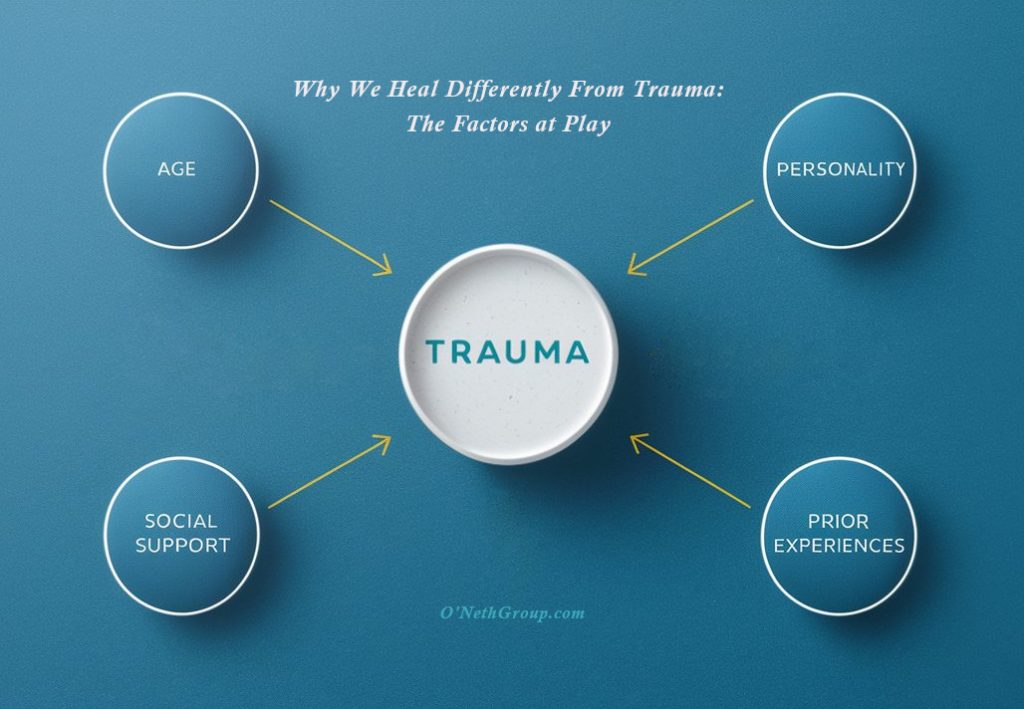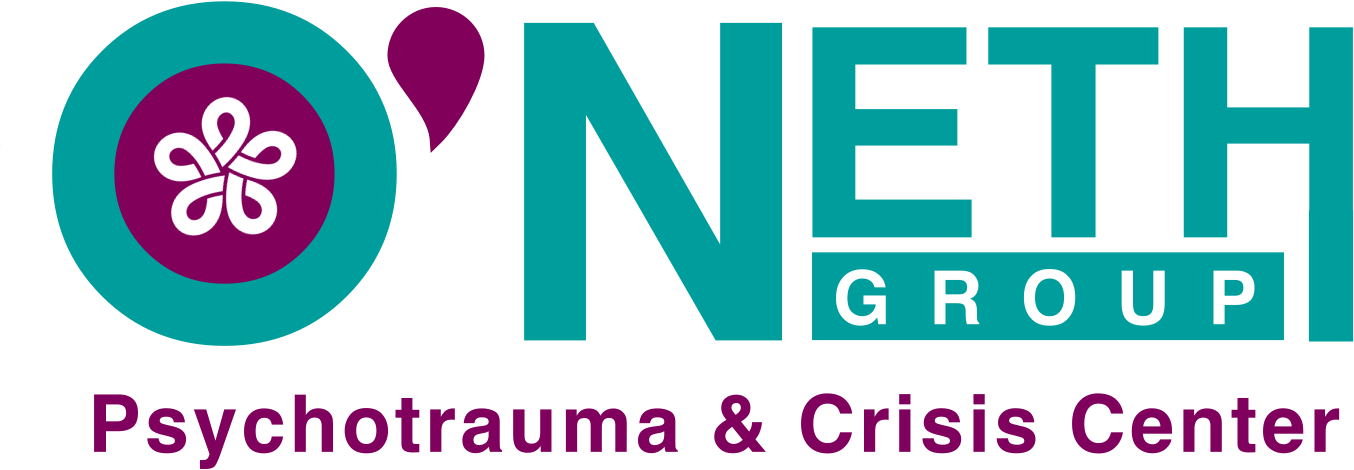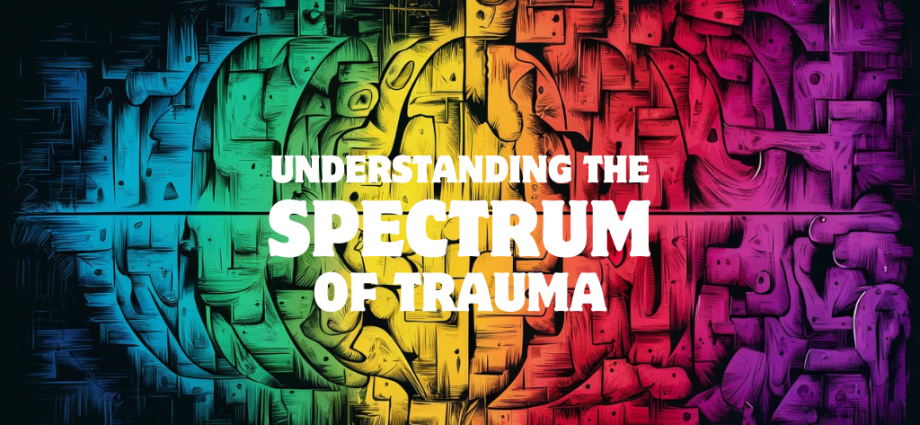Why We React Differently to Trauma
Imagine witnessing a car accident. The sights and sounds leave you shaken. You might experience vivid nightmares, flashbacks, and trouble focusing. This is a normal reaction to a traumatic event. But what if someone else in the same accident walks away seemingly unharmed?
Trauma is a deeply personal experience for many. It’s more than just stress. It’s a powerful psychological response to an event that feels extremely threatening or unsafe, overwhelming your ability to cope. This event could be a single incident, like a car accident or assault, or repeated experiences like abuse or neglect. The National Center for PTSD tells us that about 6.7% of U.S. adults will experience a traumatic event in a given year [National Center for PTSD].
The key difference between stress and trauma lies in how safe you feel. Stressful events can be upsetting, but they don’t shatter your sense of security or control. Trauma, on the other hand, leaves you feeling vulnerable and unsafe, with a deep sense of helplessness.
The Many Faces of Trauma
Trauma manifests in many ways, and no two experiences are exactly alike. Here’s a look at both single-incident and complex trauma:
Single-Incident Trauma: Imagine a child witnessing a car accident. They’re shaken and have vivid nightmares, flashbacks, and trouble concentrating—all intense reactions. Natural disasters, violent crimes, and medical emergencies can also cause single-incident trauma. These events trigger a significant release of stress hormones, leading to intense emotional and physical responses.
Case Study: Sarah, a single mother, narrowly avoided being hit by a car. She struggled with panic attacks, intrusive thoughts, and sleep problems. But with therapy and support, she gradually felt safer.
Complex Trauma: Unlike single-incident trauma, complex trauma arises from repeated or prolonged exposure to harmful events like childhood abuse, neglect, domestic violence, or bullying. Unlike a single incident, complex trauma often has no clear beginning or end, leaving the victim feeling perpetually unsafe. Dr. Judith Herman aptly described it as “the intrusion of overwhelming external forces on a developing self.” This repeated exposure can deeply impact a person’s well-being.
Why We Heal Differently: The Factors at Play
Our response to trauma is as unique as we are. Here are some factors that influence how we heal:
- Age: Children are especially vulnerable due to their developing brains.
- Personality: People with anxious or pessimistic tendencies may be more susceptible to lasting negative consequences.
- Social Support: Strong support systems can buffer the damaging effects of trauma.
- Prior Experiences: Individuals with past trauma may be more vulnerable to subsequent events.

Understanding these factors helps mental health professionals better support individuals who have experienced trauma. They can tailor their approach to meet each client’s specific needs, focusing on building coping skills, developing healthy ways to manage emotions, and fostering a sense of safety and trust within the therapeutic relationship.
Beyond PTSD: The Spectrum of Trauma Responses
Post-traumatic stress disorder (PTSD) is a common diagnosis associated with trauma. However, it’s important to remember that not everyone who experiences trauma will develop PTSD. Many people exhibit a variety of symptoms and reactions that fall outside the strict diagnostic criteria.
For instance, David, a firefighter who witnessed a fatal accident, experienced intense anxiety and sleep problems for weeks following the event. However, his symptoms gradually subsided with time and social support. While David’s experience undoubtedly qualifies as trauma, it wouldn’t necessarily meet the full criteria for a PTSD diagnosis. This highlights the importance of looking beyond a single diagnosis to understand how individuals react to trauma.
The Many Ways Trauma Manifests
Trauma can leave its mark on a person in numerous ways, affecting not only their mental and emotional health but potentially impacting their physical health, behavior, and relationships. Here are some common manifestations of trauma:
- Emotional Symptoms: Anxiety, fear, sadness, anger, irritability, guilt, shame, detachment, emotional numbness, flashbacks, nightmares.
- Physical Symptoms: Fatigue, sleep disturbances, headaches, stomachaches, changes in appetite, difficulty concentrating, hypervigilance, jumpiness, weakened immune system.
- Behavioral Symptoms: Substance abuse, self-harm, risky behavior, social withdrawal, difficulty trusting others, isolation, difficulty maintaining relationships.
- Cognitive Symptoms: Difficulty concentrating, memory problems, negative self-beliefs, difficulty making decisions.
It’s important to remember that these symptoms can vary greatly depending on the individual and the nature of the trauma experienced. Some people may experience a wide range of symptoms, while others may only experience a few. Additionally, the severity and duration of symptoms can also differ significantly.
Understanding the Impact on Daily Life
Imagine a young girl who was in a car accident struggling to focus in school due to flashbacks and anxiety. Or a veteran with PTSD who avoids crowded places because of hypervigilance. These are just a few examples of how trauma can disrupt a person’s daily life, impacting their ability to work, socialize, and maintain healthy relationships.
If you suspect you or someone you know may be struggling with the effects of trauma, it’s crucial to seek professional help. A therapist can provide support, guidance, and evidence-based techniques to help individuals cope with their symptoms and develop healthy coping mechanisms.
The Pathway to Healing: Finding Hope After Trauma
The experience of trauma can leave individuals feeling lost, hopeless, and unsure of how to move forward. However, it’s important to remember that healing is possible. There is a path to reclaiming your sense of safety, well-being, and empowerment. Here, we’ll explore some of the key elements on the pathway to healing:
-
Seeking Professional Help: A therapist trained in trauma treatment can provide a safe and supportive space to process your experiences, develop coping mechanisms, and begin to heal. Therapy can equip you with the tools to manage difficult emotions, build resilience, and rebuild your sense of self.
-
Building a Support System: Surround yourself with supportive loved ones who can offer empathy, understanding, and encouragement on your healing journey. Connecting with support groups specifically for trauma survivors can also be a valuable source of strength and connection.
-
Self-Care Practices: Prioritizing self-care is essential for healing from trauma. This may involve activities that promote relaxation, such as mindfulness meditation, yoga, or spending time in nature. Healthy sleep hygiene, regular exercise, and a balanced diet also contribute significantly to overall mental health and emotional well-being.
-
Finding Meaning: Trauma can be a catalyst for growth and transformation. Some individuals find meaning in helping others who have experienced similar challenges. Volunteering your time or sharing your story can be a powerful way to reclaim a sense of agency and purpose.
Remember, Healing is a Journey, Not a Destination
Healing from trauma is a marathon, not a sprint. There will be setbacks and challenges along the way. The important thing is to be patient with yourself, celebrate your progress, and never give up on yourself.
The Power of Hope
Holding onto hope is vital on the path to healing. Hope is the belief that things can get better, even when the present feels overwhelming. With the right support and resources, you can overcome the challenges of trauma and build a fulfilling and meaningful life.
Summarizing the Journey: Trauma and the Path Forward
Trauma is a deeply personal experience with diverse manifestations. It can stem from a single, shocking event or unfold over time through repeated exposure to adversity. The impact of trauma varies significantly, leaving its mark on our mental, emotional, and physical well-being.
However, the message we want to convey is one of hope. By understanding the spectrum of trauma, we can dismantle the stigma often associated with these experiences and foster a more compassionate and supportive environment. This understanding empowers mental health professionals to tailor their approach to individual needs while also equipping individuals who have experienced trauma with the knowledge and resources they need to heal.
Call to Action
If you’re interested in learning more about trauma and its effects, we encourage you to explore the resources listed below. For those who have experienced trauma and are seeking support, please know that you are not alone. There are many resources available to help you on your healing journey. Here are some resources to get you started:
- The National Center for PTSD: National Center for PTSD
- The Substance Abuse and Mental Health Services Administration (SAMHSA) National Helpline: 1-800-662-HELP (4357)
- The National Sexual Assault Hotline: 1-800-656-HOPE. You can also chat online at RAINN.
- The National Domestic Violence Hotline: 1-800-799-SAFE (7233). You can also chat online at The National Domestic Violence Hotline.
We also invite you to share your experiences (anonymously if preferred) in the comments section below. By fostering open conversations about trauma, we can create a stronger community of support and understanding.
Remember, healing from trauma is possible. With knowledge, support, and self-compassion, you can overcome the challenges of trauma and build a fulfilling life.

